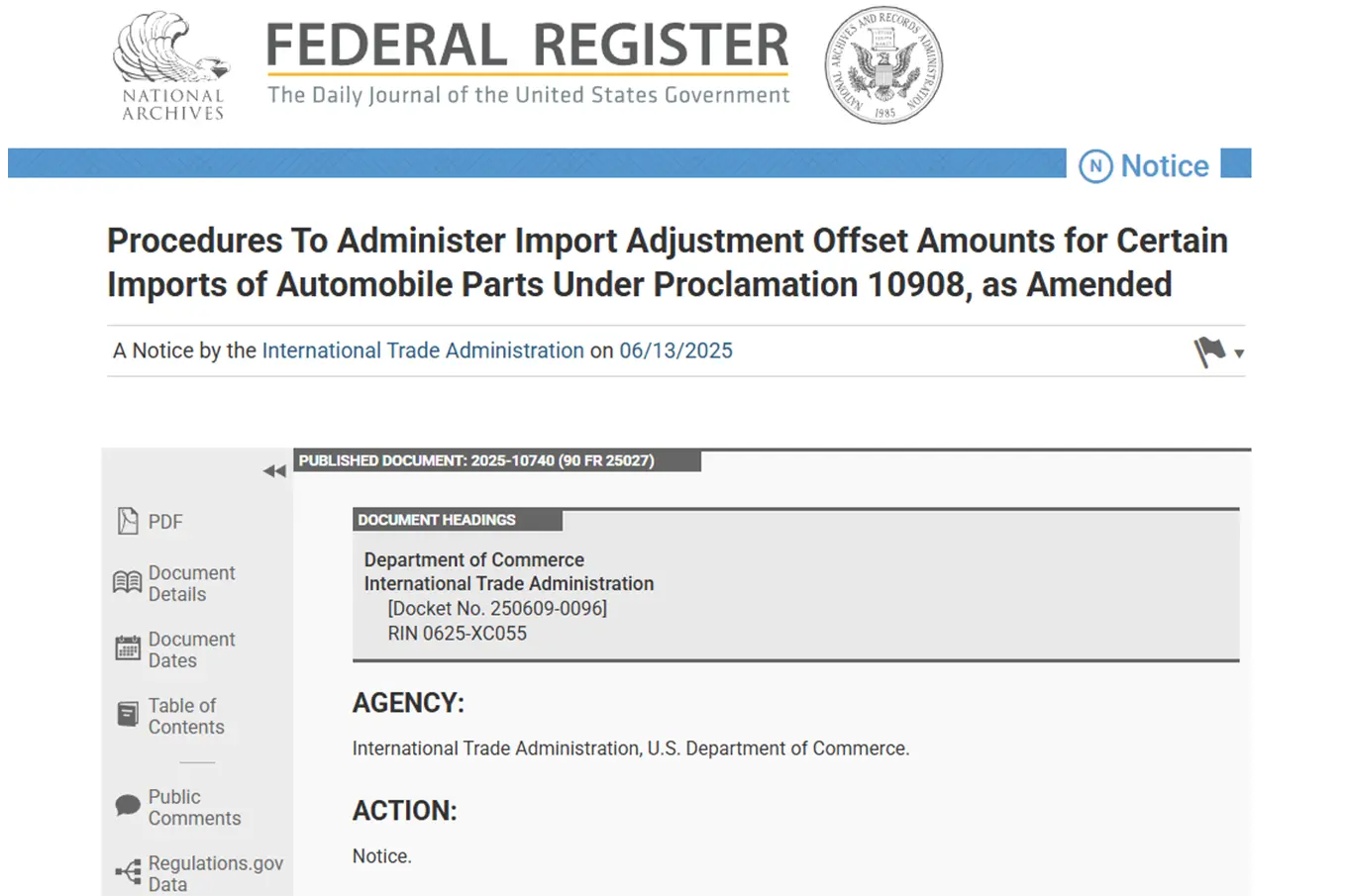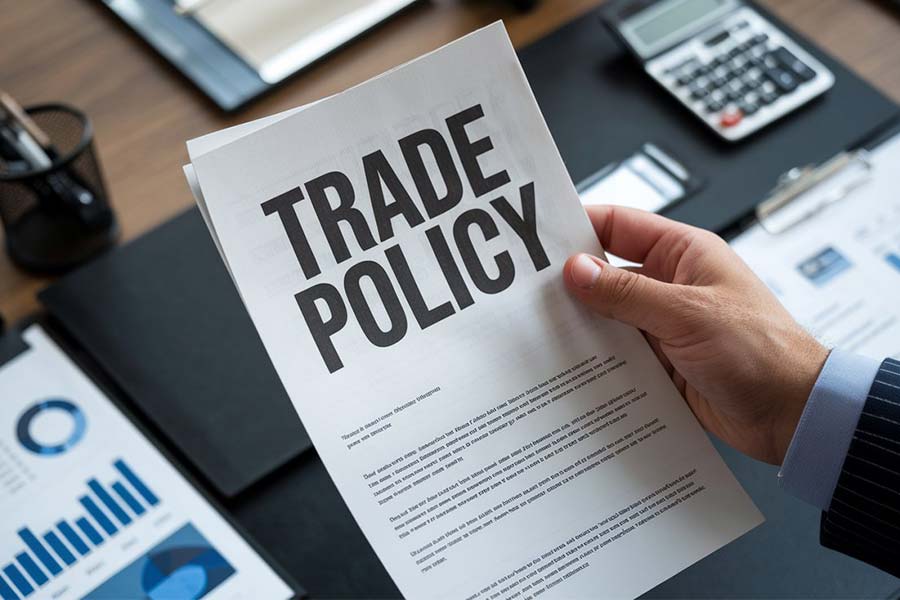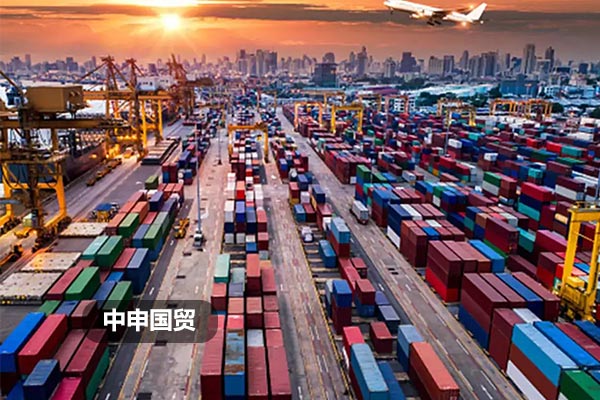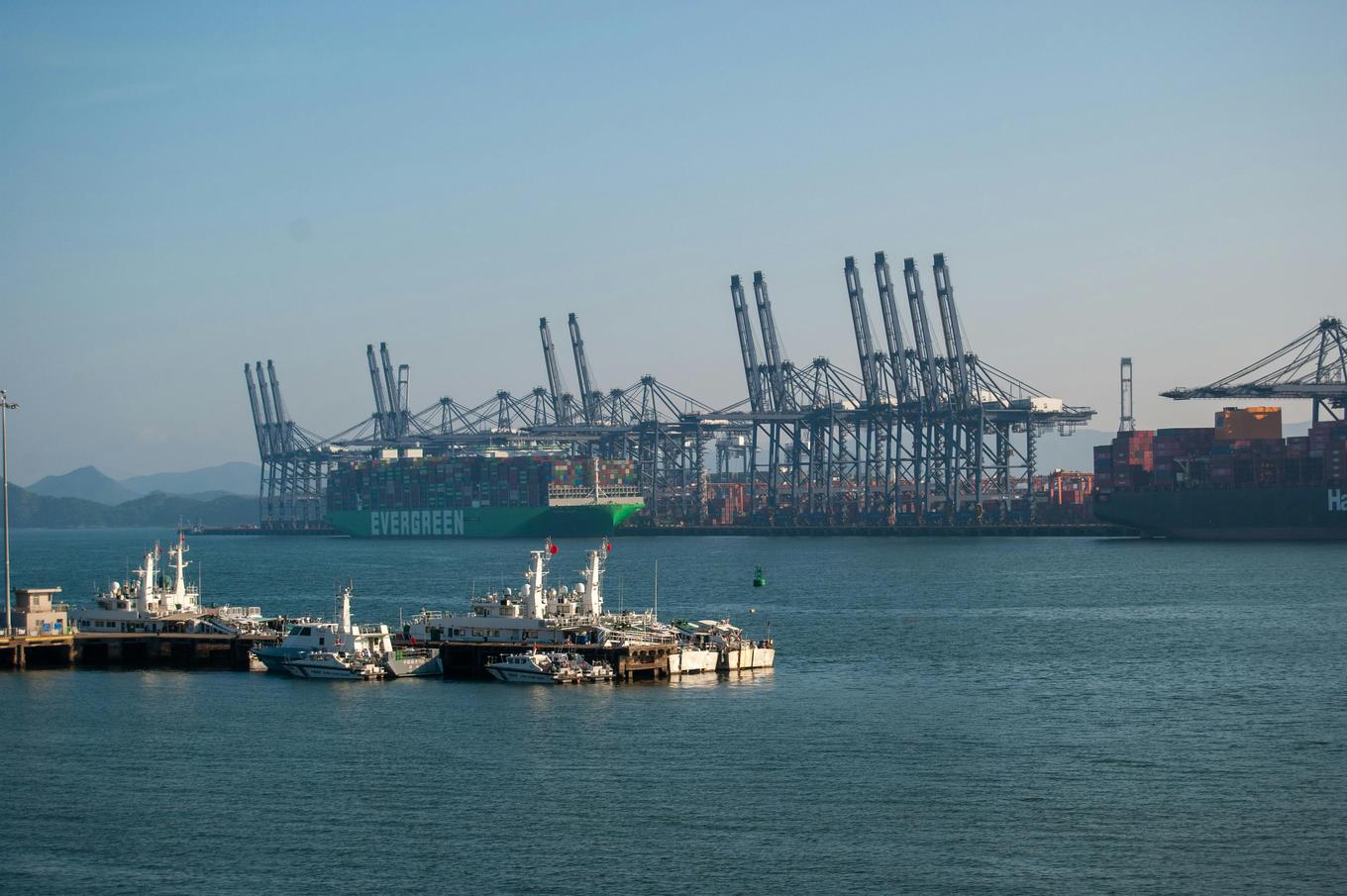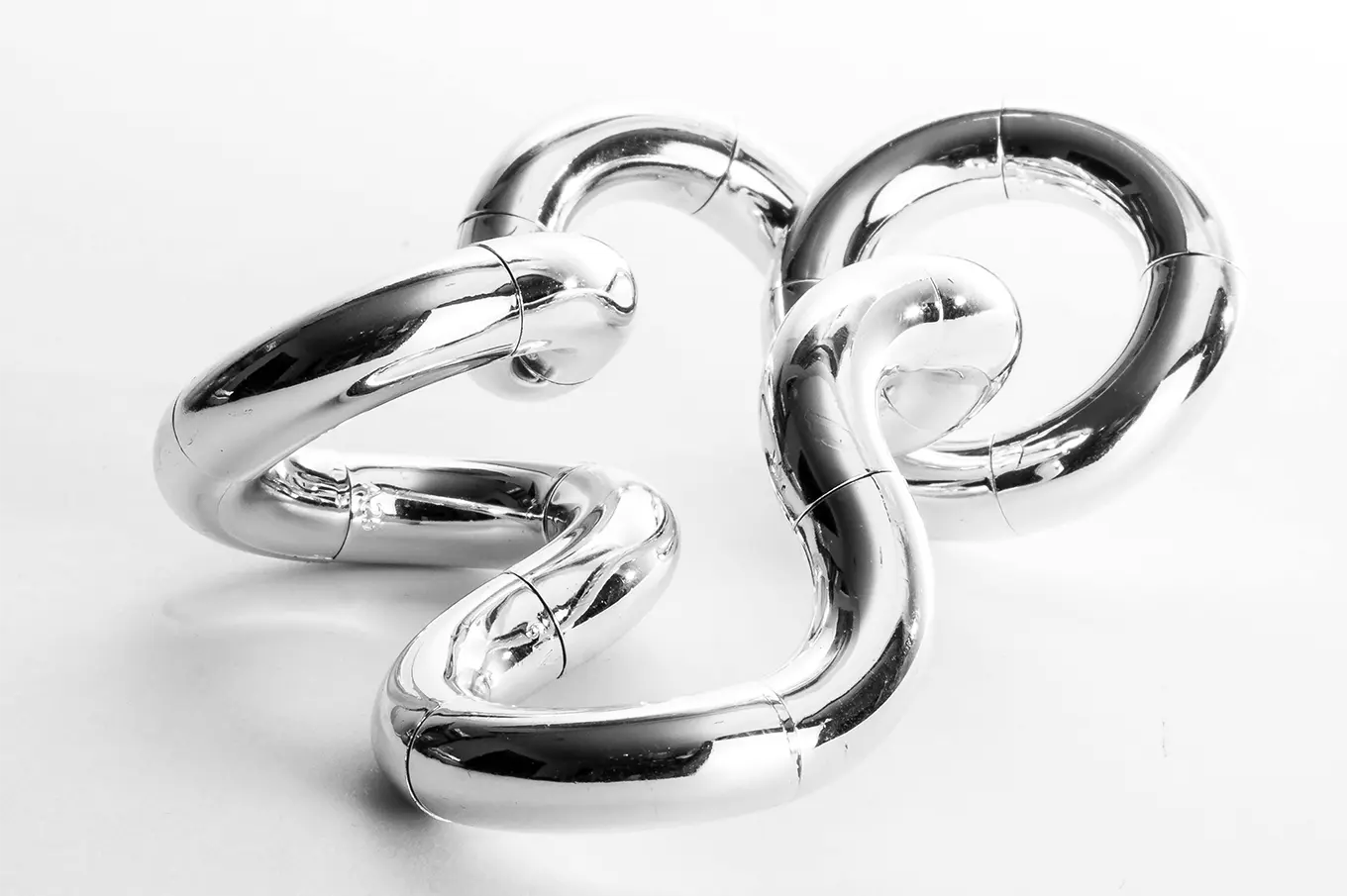- Shanghai Zhongshen International Trade Co., Ltd. - Two decades of trade agency expertise.
- Service Hotline: 139 1787 2118
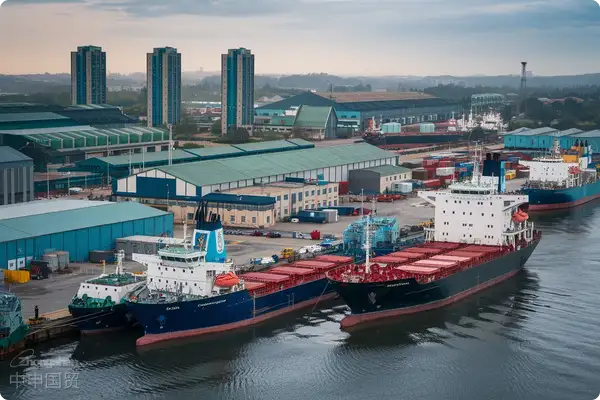
XREquipment ImportsMarket New Landscape
According to the latest forecast of IDC, the import volume of VR/AR equipment in China will exceed 8 million units in 2025, with a compound growth rate of 32%. The hardware iteration cycle is shortened to 9 months, and the import proportion of core components such as Pancake optical modules and Micro OLED display units exceeds 75%.
Three major risk points in customs clearance practice
Certification blind spots:There are fundamental differences between industrial - grade VR devices and consumer - grade ones:
- Medical VR devices need to obtain CFDA Class II certification.Medical EquipmentImporters must have import and export filings with the customs and quarantine. Importing food is not possible without the right to import and export. If an importer does not have the right to import and export, it can choose to affiliate with a qualified company for import.
- Industrial VR helmets must comply with GB 3836 explosion - proof certification.
- Educational equipment needs to pass the GB 31701 textile safety inspection.
Classification disputes:In 2025, the General Administration of Customs will list XR devices separately:
- The classification of the whole machine affects the tariff difference by up to 8.5%.
- The import tariff of optical modules may increase from 5% to 12%.
- The declared product name should indicate whether it contains a positioning base station.
Logistics solutions:Special requirements for equipment value and transportation loss:
- Head - mounted display deviceAir TransportationRequires constant - temperature and shock - proof packaging
- Positioning base stationMaritime TransportationThe battery module needs to be declared separately.
- The sensor components of the tactile feedback gloves must be declared separately.
Guide to choosing professional agency services
Compare the core differences between ordinary customs declaration and special agency:
- The accuracy rate of commodity pre - classification has increased from 68% to 97%.
- The coverage of tariff reduction using free trade agreements has expanded by 40%.
- The customs clearance time of special channels has been shortened by 3 - 5 working days.
Typical case analysis
An importer of an industrial training device encountered customs clearance delays:
- Original declared product name: Virtual reality interactive device
- Actual function: Training system with motion capture
- Solution: Declare the sensor module and display terminal separately.
By splitting the declaration through HS codes, the comprehensive tax rate has decreased from 14.3% to 9.7%, saving 310,000 yuan in tariffs.
Customs clearance technical preparations in 2025
For the upcoming new import regulations for XR devices:
- Establish a parts traceability file system
- Pre - declare the technical parameters of optical modules
- Prepare CE/FCC dual - certification documents
Professional agencies can conduct pre - inspections of product compliance in advance. Enterprises certified by AEO can enjoy the policy dividend of a 70% reduction in the inspection rate.
Related Recommendations
? 2025. All Rights Reserved. Shanghai ICP No. 2023007705-2  PSB Record: Shanghai No.31011502009912
PSB Record: Shanghai No.31011502009912
